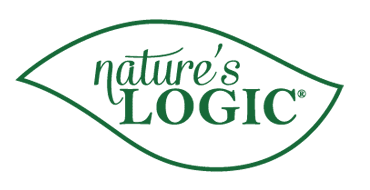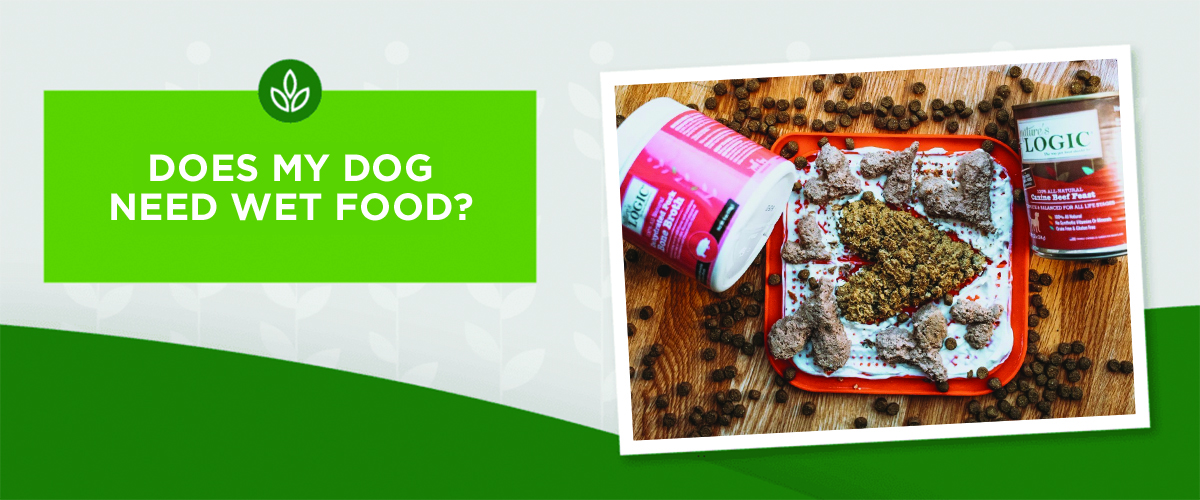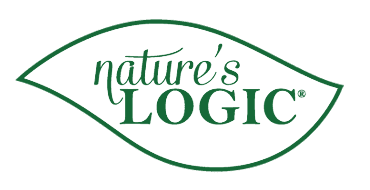Do Dogs Need Wet Food?
When it comes to feeding our furry friends, the question often arises: does my dog need wet food? While high quality kibble can certainly meet your dog’s nutritional needs, incorporating wet food into their diet can offer additional benefits that are worth considering. We’ll explore the advantages of wet food and look at how to choose a high-quality wet dog food as you consider adding it into your dog’s diet.
What are the Benefits of Wet Food for Dogs?
Packed with moisture, essential nutrients, and a variety of textures and flavors, wet food is very palatable for dogs. It offers a delicious and nourishing way to help keep your canine companion happy and healthy, whether you feed them wet food exclusively or add it as a topper on their kibble.
High Quality Nutrition
Wet dog food often comes in sealed cans, cups, or pouches and is a great way to provide your pup with the nutrients they need, particularly in the content of protein, fat, and carbohydrates.
- Protein: Wet dog food generally contains 10-15% protein. Focus on finding the best match for your dog through their desired protein sources and caloric needs. Look for recipes with a named high quality animal protein as the top ingredient like lamb, pork, or beef.
- Fat: Wet food typically contains 5-15% fat, providing essential fatty acids which promote healthy skin and coat and support steady energy. Wet food may have slightly higher fat content depending on the recipe and inclusion of additional fats for palatability, weight management, and energy requirements.
- Carbohydrates: Wet dog food typically contains a lower carbohydrate content than kibble, typically between 10-30%. Carbohydrates like whole grains, fruits, and veggies should be easy for your dog to digest and convert into energy.
Increased Hydration
Just like humans, dogs need proper hydration for good health. Hydration supports digestion, promotes a regulated temperature, and more. Dogs should always have access to fresh and clean water, but they can also get some moisture from their food. A benefit to offering wet dog food is that it contains a high moisture content, typically ranging from 75-78%, which contributes to your pup’s daily water intake.
If your dog isn’t drinking enough water directly from their bowl and does enjoy wet food, this can help your pup get the hydration they need throughout the day. Wet food’s higher moisture content also typically makes it easier to chew, especially for older dogs or those who might have dental concerns.
Enhanced Palatability & Variety
Wet food is typically highly palatable for dogs and can help entice picky eaters – even when used as a topper to kibble. Canned food is a great option for more senior and small dogs, dogs with small mouths, and those with dental issues that may struggle to eat kibble.
- Stronger aroma: Wet food has a more intense aroma due to the higher moisture content that can enhance the scent of the protein.
- Flavor variety: Wet food recipes are typically available in a wide range of proteins and flavors including chicken, rabbit, and sardine, offering more choices to suit your pup’s individual preferences or needs.
- Texture: The moist texture of wet food can be more appealing to dogs. It can also be used to supplement dry food for added variety and nutrients.
Situations where Wet Food Might Be Recommended
It’s important to consider your dog’s specific needs when considering feeding wet food. Canned food offers unique advantages for specific situations where it might be recommended:
- Picky Eaters: If your dog is a finicky eater, wet food can be a game changer. Its soft texture and savory aroma are often more appealing to dogs, encouraging them to eat and maintain a healthy weight. Mixing wet food with their regular meals can help entice even the pickiest eaters to enjoy their meals.
- Senior Dogs: As dogs age, their nutritional needs change. Older dogs may experience dental issues, decreased appetite or have difficulty chewing. They may benefit from the softer texture and stronger aroma of wet food, making it easier to consume and more appealing.
- Medical Conditions: For dogs with certain medical conditions, the higher moisture content in wet food helps promote hydration and aids in digestion.
How much wet food should I feed my dog?
The ideal amount of wet food for your pup depends on your pet’s age, size, activity level and overall health. A feeding guide can help you understand how much your dog should eat each day.
In general, adult pups should have about ¾ a can per 15lbs of bodyweight per day. Puppies should be fed twice the adult amount to help supplement their rapidly growing bodies. Dogs that are gestating or lactating should receive up to 3 times the normal adult amount.
It’s important to remember that while wet food can be highly beneficial, consulting with a veterinarian is crucial to determine the most suitable diet for your pup’s individual needs and health. They can guide you on the appropriate serving of wet food to ensure your canine companion receives the nutrition they need to thrive.
How to Choose High-quality Wet Food
Choosing a high quality wet food for your pup starts with understanding the label. Deciphering a dog food label can feel daunting, but here’s what to look for:
- Check the Ingredients: Look for dog food with high quality, all natural ingredients, like Nature’s Logic dog food. Select recipes that list named proteins like beef, chicken, and sardine as the top ingredient. Look for healthy ingredients including natural carbohydrates like fruits and vegetables, healthy animal fats or plant based oils. Avoid foods with too many fillers, by-products, artificial additives, or synthetics.
- Review the GA: The guaranteed analysis provides a snapshot of the nutritional composition of dog food. Look to see that the label at least provides levels of protein, fat, fiber, and moisture and select recipes with high protein content to help support many of your pup’s natural bodily functions.
If you’re unsure about any ingredient or have concerns about your pup’s specific needs, always consult your veterinarian for personalized guidance.
Finding the Right Balance
Your dog’s unique preferences and health needs have the biggest impact on what they eat. Offering a combination of wet and dry food can provide several advantages to your dog’s dietary regimen. Benefits of mixing wet and dry dog food include variety of texture and flavor, added moisture, and higher calories.
As a dog’s nutritional needs can change throughout their lives, transitioning to or adding a different type of food may be necessary. The key to successfully changing or mixing dog food is to transition slowly over 7-10 days, and note how your dog responds. Here are some tips to consider when changing dog food.
- If transitioning from wet to dry food:
- Introduce the dry food by giving the dog a few pieces as a treat
- Slowly add dry food to the wet diet
- Reduce the amount of wet food as you add more dry
- If transitioning from kibble to canned food:
- Introduce the wet food by using it as a meal topper
- Slowly reduce the amount of dry food in the meal
- Once you begin to add the wet food, do not leave food out for more than one hour.
Whenever considering switching your dog to a new food, it’s worthwhile to discuss the plan with your vet to confirm the best course of action for your pup.
Is Wet Food Better for Dogs?
Incorporating wet food into your pup’s diet can enhance their wellbeing. From promoting hydration and providing essential protein to enhancing palatability and offering dietary variety, the best wet dog food caters to your dog’s nutritional needs. While both wet and dry food can play a role in a canine’s diet, consulting your veterinarian is crucial to determine the optimal feeding plan for your pet, ensuring they thrive on a balanced and nutritious diet.






